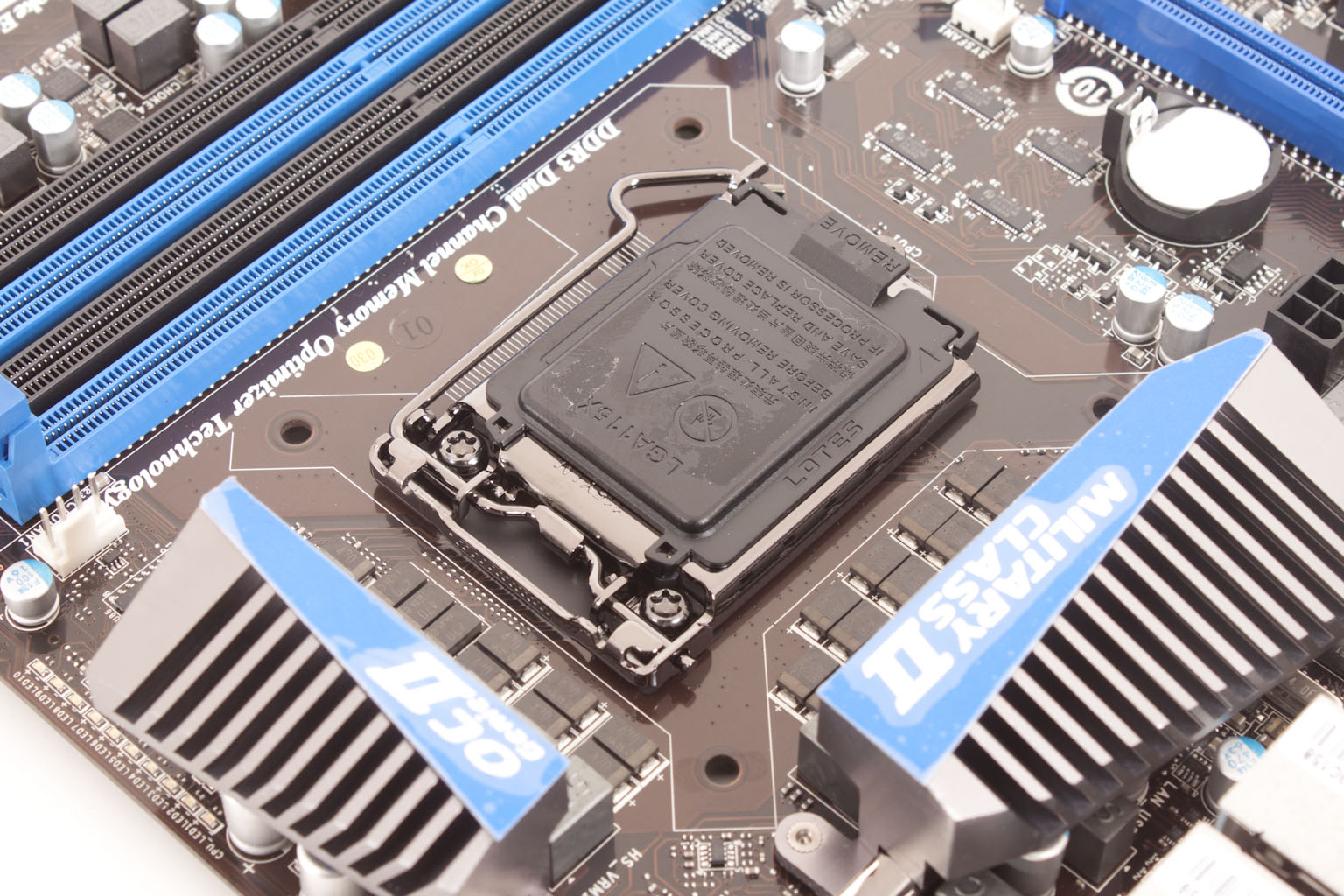Value -
Value is another very subjective topic. What is expensive to some might be a deal to others. You can look at this topic in multiple ways. One is raw price and the other is what you get for the money. Each is accurate and both are correct ways to look at price/value. We tend to look at features, performance and real-property when we discuss value. However, we also take into account the raw cash cost of the item.
The MSI Z68A-GD80 can be found for around $220 on the internet (it is a little more at some local retail stores). This is about an average price for a full sized ATX motherboard with the option for multi-GPU gaming, but with a “GPU” built in. With Intel’s new setup you also get the ability to run in a hybrid mode (which somewhat extends the value of the board). This is a lot like what both nVidia and AMD did a few years ago in their mobile devices. This technology lets your computer run high-demand applications on the main GPU and then shift back to the lower power GPU when it is no longer needed. According to the documentation it can do this with the main video output on the board. We plan to take a deep look at this very soon and see just how well this works practice. Getting back to value the MSI Z68A-GD80 does have more than its share of features and some good gaming performance to back up the price tag.
Conclusion -
The MSI Z68A-GD80 has a lot going for it. It has some good components, a solid feature set and the design philosophy is fairly sound on the surface. Where things break down is in the resource allocation. MSI chose to go very thin (like many companies did when the P55s first came out). They did not drop in a bridge chip to help make up for the limited number of PCIe lanes available. This has the potential to hurt this board if you load it up too much. We may have even seen some evidence of this in our testing (some of the general computing tests were a little on the low side). However, the GD80 does make a comeback when we dive into gaming. Here it was very capable (at least with one GPU). The down side to this was the over processed audio, this is pretty easy to remedy with an add-in audio card though and the overall gaming performance would honestly be worth it.
So the MSI Z68A-GD80 B3 has some rough edges but it can still get the job done for most things and can really overclock your Core i7/i5 CPU while giving excellent gaming performance with the right gear.
Discuss this in our forum
Motherboards
MSI Z68A-GD80 B3 Performance Review - Value and Conclusion
- Details
- By Sean Kalinich
- Hits: 18943
 Ok, we have taken a look at the MSI Z68A-GD80 B3 and its design, and features. We uncovered a few things that gave us some concern. Will the board be able to handle being loaded up with cards or other devices? How will the relatively small number of PCIe lanes behave if we give them too much to think about at once? Well we are going to find that out as well as see how far we can push this board and our Core i7 2600k CPU. Let’s pick up where we left off and dive into the BIOS before we move onto the performance numbers.
Ok, we have taken a look at the MSI Z68A-GD80 B3 and its design, and features. We uncovered a few things that gave us some concern. Will the board be able to handle being loaded up with cards or other devices? How will the relatively small number of PCIe lanes behave if we give them too much to think about at once? Well we are going to find that out as well as see how far we can push this board and our Core i7 2600k CPU. Let’s pick up where we left off and dive into the BIOS before we move onto the performance numbers.
Article Index
Page 8 of 8



